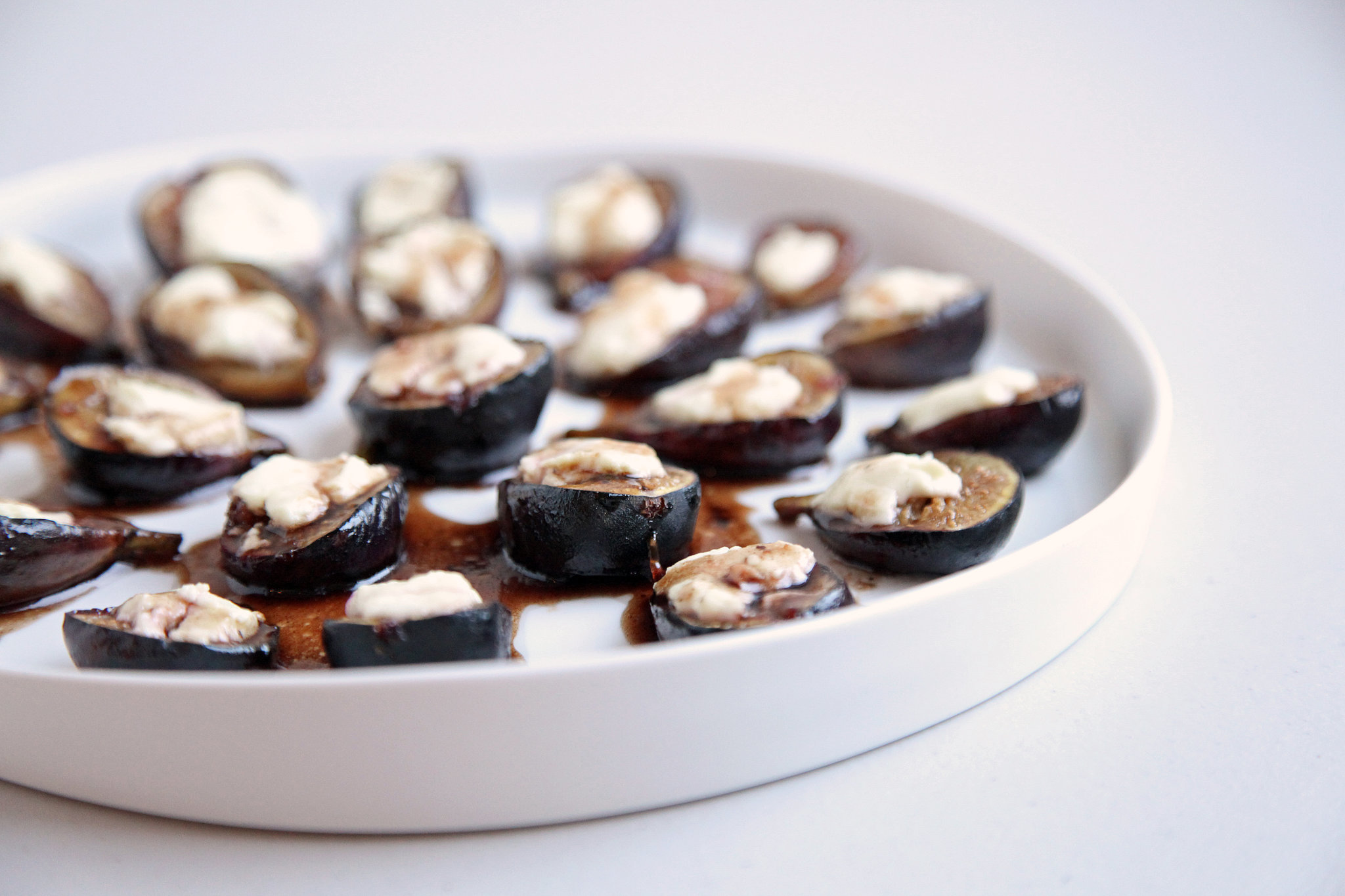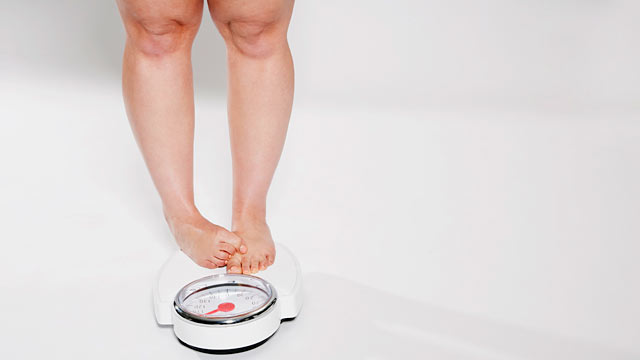Paleo has received a great deal of media attention in the last few years. Proponents claim that by eating like our hunter-gatherer ancestors, we can lose excess weight, lower blood sugar, triglyceride (a blood fat), blood pressure, as well as risks of heart disease and cancer.
With more than two-thirds of Americans being either obese or overweight and growing rates of chronic diseases such as type 2 diabetes, cardiovascular disease, and cancer, can eating Paleo be the panacea for our health problems? The following explains how paleo came about, what it entails, and whether the paleo way of eating is right for your body.
What Changed From Paleo To Now?
The paleo diet is based on the idea of eating only foods that our bodies were designed for over the last 2.6 millions years of evolution. During the Paleolithic period, our early ancestors started using primitive tools (made of stone, bone, and wood) and fire. They led a hunter-gatherer lifestyle and ate varying proportions of wild animals, fish, shellfish, nuts, seeds, fruits, and vegetables, depending on season and availability. Such foods were nutrient-dense, toxin-free, whole foods.
Agriculture did not come about until 10,000-13,000 years ago. Humans began eating domesticated animals, cereal grains, beans, potato, and drinking wine.
Then dramatic changes came about in the last 50-100 years. Advances in technology have made many new forms of food available for human consumption. We are eating substantially more commercially packaged and prepared foods laden with chemicals, preservatives, and additives. Nutritionally speaking, these foods are a far cry from the unprocessed, natural, whole foods that humans used to eat. What's worse, we spray herbicides and pesticides (which are toxic chemicals) on our crops, feed our animals and seafood antibiotics and growth hormones, and genetically manipulated the plants that we eat.
Well, it is true that we are living longer now but is our quality of health much better than the Paleolithic humans? These days, we are inflicted by a myriad of chronic and debilitating diseases, such as obesity, diabetes, heart disease, cancer, and autoimmune diseases. All these inflammatory diseases have only become common in the last 50-100 years. There is little doubt that our modern day food choices have a major role to play in the development of such diseases.
So the next question is: can we remedy our current health problems by going back to a hunter-gather diet? But before going into that, let's first look at what a paleo diet calls for.
Paleo Practices
The Paleolithic diet was first popularized by Loren Cordain in his best-selling 2002 book named The Paleo Diet. Since then, there have been many other paleo-based diet books which are usually variations of Cordain's original book.
These authors argue that human genome has not changed that much from the Paleolithic times millions of years ago. Hence, modern humans have been unable to properly metabolize the relatively new types of foods, resulting in modern-day health problems. As a result, in order to enjoy a longer, healthier, and more active life, the authors suggest following a diet that is as nutritionally close to that of our Paleolithic ancestors as possible.
What to eat:
More protein from meat and seafood. Most take on a whole animal approach, including organs, bone marrow, and cartilage.
Animal products, such as eggs.
Moderate to higher fat intake, like butter, coconut oil, olive oil, avocado, nuts and seeds.
Fewer carbohydrates with the main source coming from non-starchy vegetables and fruits. Sweet potato, yam, plantain, and taro root are allowed.
Raw honey and maple syrup.
What to avoid:
Dairy
All grains
Potatoes (allowed by some versions of Paleo)
Legumes, like beans and peanuts.
Trans fats and processed oils, such as from canola, soybean, and corn.
Refined sugar
Processed foods
Salt
Coffee
Alcohol
The Pros Of The Paleo Diet
The foods emphasized in the paleo diet are, indeed, loaded with nutrients our bodies need. The most nutrient-dense foods are organ meats from pastured animals, grass-fed beef, lamb, wild game, seafood, pastured eggs, fresh vegetables and fruits, nuts and seeds, and herbs and spices.
Our modern western diet focuses too much on grain-based desserts (cakes, cookies, etc.), yeast breads, deep-fried foods, pizza, sweetened beverages, and alcoholic drinks. By eating less of these nutritionally inferior foods, we can make room for more healthier choices.
In contrast to high-carbohydrate, low-fat diets that have led to skyrocketing rates of diabetes, obesity, and other inflammatory diseases, people who go on a paleo diet generally report lower blood sugar, triglyceride, LDL (bad) cholesterol, and blood pressure levels. They also tend to lose weight as well as belly fat.
Since paleo is a grain-free diet, it is suitable for people who have Celiac disease or non-Celiac gluten sensitivity. For such individuals, they need to strictly avoid gluten-containing grains like wheat, rye, and barley.
The Cons Of The Paleo Diet
The paleo diet is a single approach that may not work for everyone. As a matter of fact, studies show that there were tremendous variations in what our ancestors ate depending on which part of the world they lived in. Case in point, some people clearly feel better on a higher protein and fat intake, but others seem to do well when they eat a lesser amount. Many metabolically healthy individuals feel more energetic and vibrant when they increase their carbohydrate intake. Some may even find that moderate carbohydrate intake can help break through a weight loss plateau. Hence, the key is to personalize your own approach to meet your own unique needs rather than blindly adhering to a specific template.
Seafood is no longer an ideal choice of protein. Most ocean fish are contaminated with mercury, PCBs, and toxins from pollution. Farmed fish and shrimp are fed antibiotics, growth hormones, and drugs. Therefore, one needs to be very selective when buying seafood. The better choices are wild Alaskan salmon, sardines, anchovies, herrings, and squid.
Full-fat dairy from grass-fed animals can be a very healthy food if it is well tolerated by your body. For people with digestive problems, autoimmune conditions, and leaky gut, it is probably not a good idea. However, for those who have intact intestinal barrier and who are otherwise healthy, there is no need to eliminate dairy. For example, kefir, yogurt, and raw cheese are full of healthy microbes that are extremely beneficial to your intestinal health.
Grains and legumes are nutritious as long as they are properly prepared (to remove anti-nutrients like lectins and phytic acid) and your body can tolerate them. If you are gluten sensitive, you should always avoid wheat, rye, and barley. If you are diabetic or suffering from metabolic syndrome, you should be on a lower carbohydrate diet anyway. Otherwise, most anti-nutrients in grains and legumes can be substantially reduced by properly soaking, sprouting, or fermenting them. For example, the slowly fermented sourdough bread is much healthier and more nutritious than the common bread made from white flour and commercial yeast.
Sugar is not toxic, nor is it a replacement for real food. Small amounts of it can fit into a whole food and nutrient-dense diet as long as you do not have blood sugar issues and that it is used for what it is supposed to be - an occasional treat. It is true that natural sweeteners like raw honey and maple syrup are more nutritious than refined sugars. However, those who are eating paleo should make sure that they do not consume these "allowed" foods excessively.
Is Paleo The Right Diet For You?
Paleo-style eating has a lot of good qualities. It emphasizes whole natural foods, protein from grass-fed animals, vegetables, fruits, and healthy fats. It is, without doubt, far superior than the standard American diet.
Yet, the paleo diet has some flaws too. Not everyone needs to exclude dairy, grains, and legumes as they can be healthy foods if your body does not have a sensitivity towards them.
The biggest problem with paleo is that it is a one-size-fits-all approach that will not work for everyone. As discussed earlier, some people need more protein and fat, while others require more carbohydrates to function optimally.
Moreover, most people will not be able to follow a strict diet for a long period of time. Once they go off, they go back to their old habits and routine. Therefore, instead of being fixated on following a strict hunter-gatherer diet template, think about making small changes in your modern lifestyle that support your genetic needs.
Eat more freshly cooked foods prepared with organic, toxin-free, chemical-free ingredients. Think about variety, balance, and moderation. Know that the fewer kinds of foods consumed, the greater the chance of nutrient deficiencies.
Buy less commercially packaged or prepared foods that you might normally eat.
Reduce your sugar intake, be it natural or refined.
Drink less alcohol.
Don't sit so much. Get moving, go outside for a walk. Aim to have 30 minutes of activity every day.
Go to bed earlier and get a good night's sleep.
Article Source: http://EzineArticles.com/9161827





